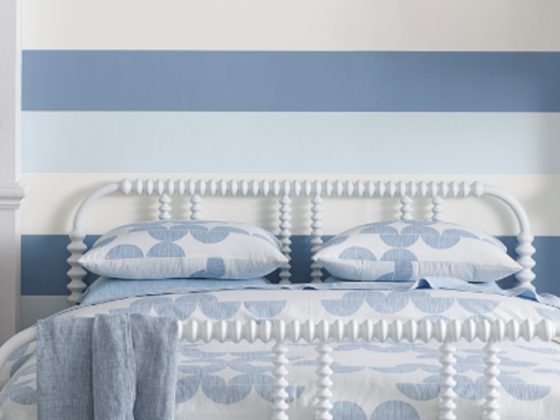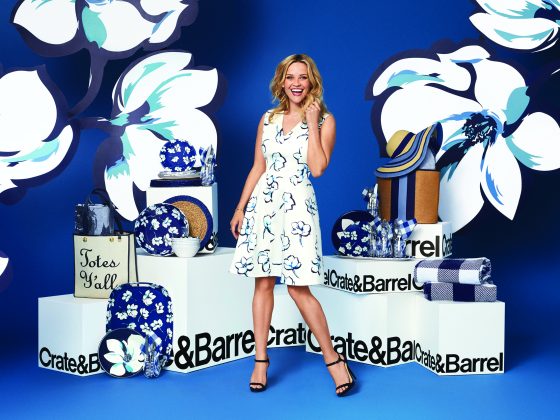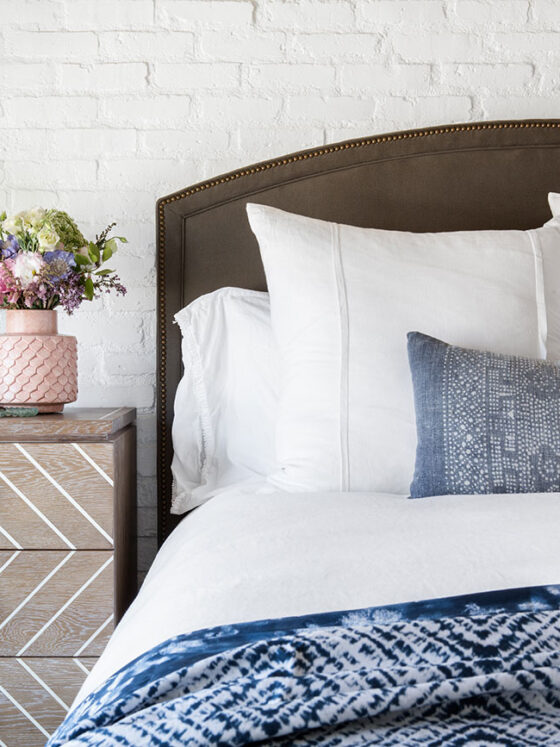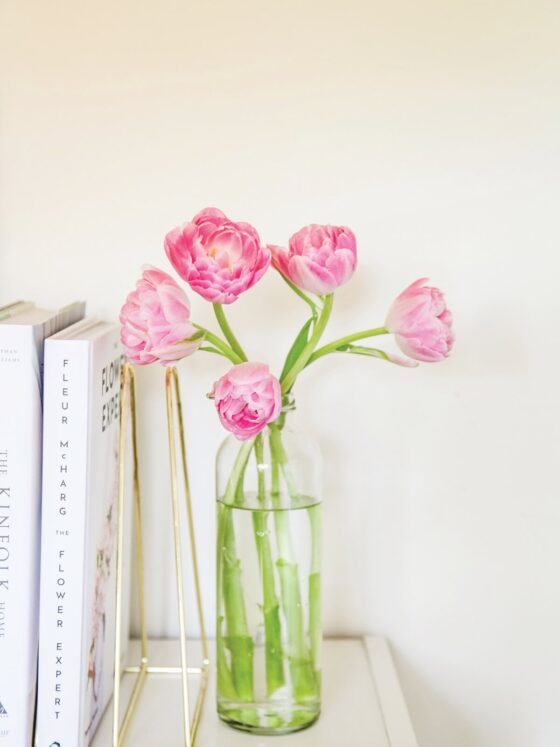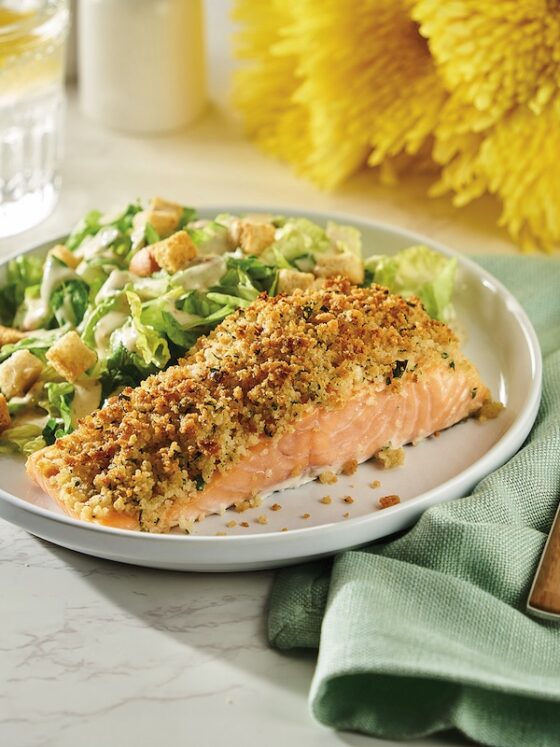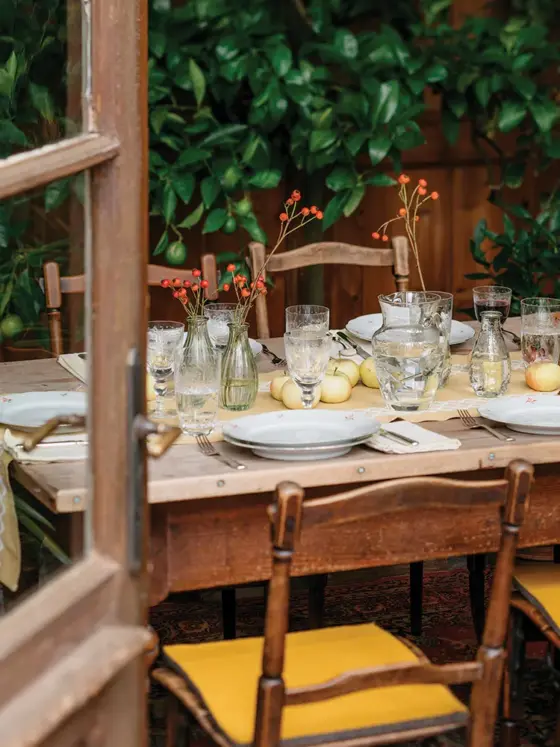If you want to start a housewares collection, Depression glass is a great place to begin.
History
During the Great Depression, fine china was unaffordable for most Americans and Depression glass offered a cheaper alternative. Made from mass-produced, molded glass, it has lower quality than china and its pieces often have imperfections and deformities. But it had bright colors and beautiful patterns, so it enabled families to enjoy their dishes and platters without pining over what they couldn’t afford.
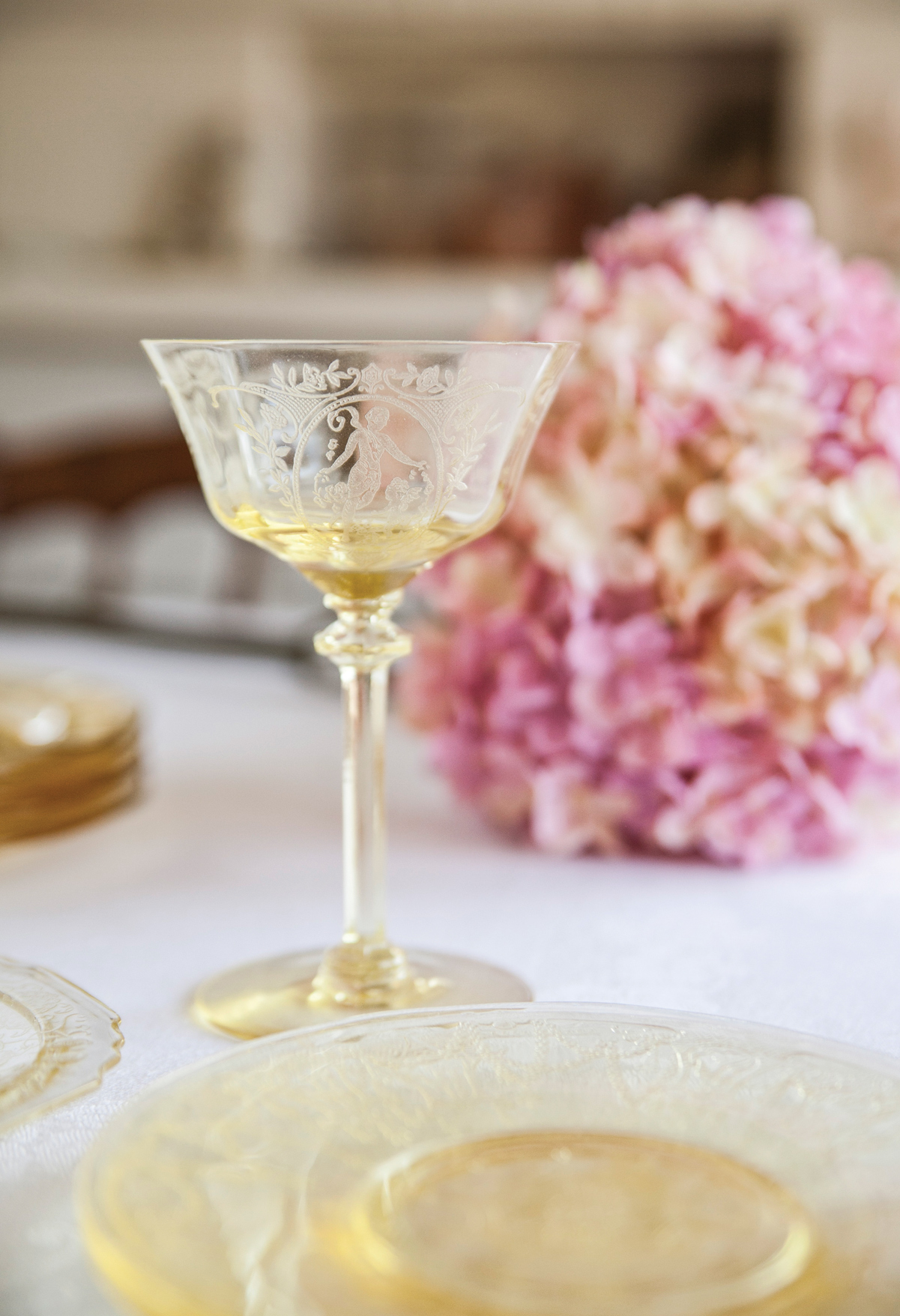
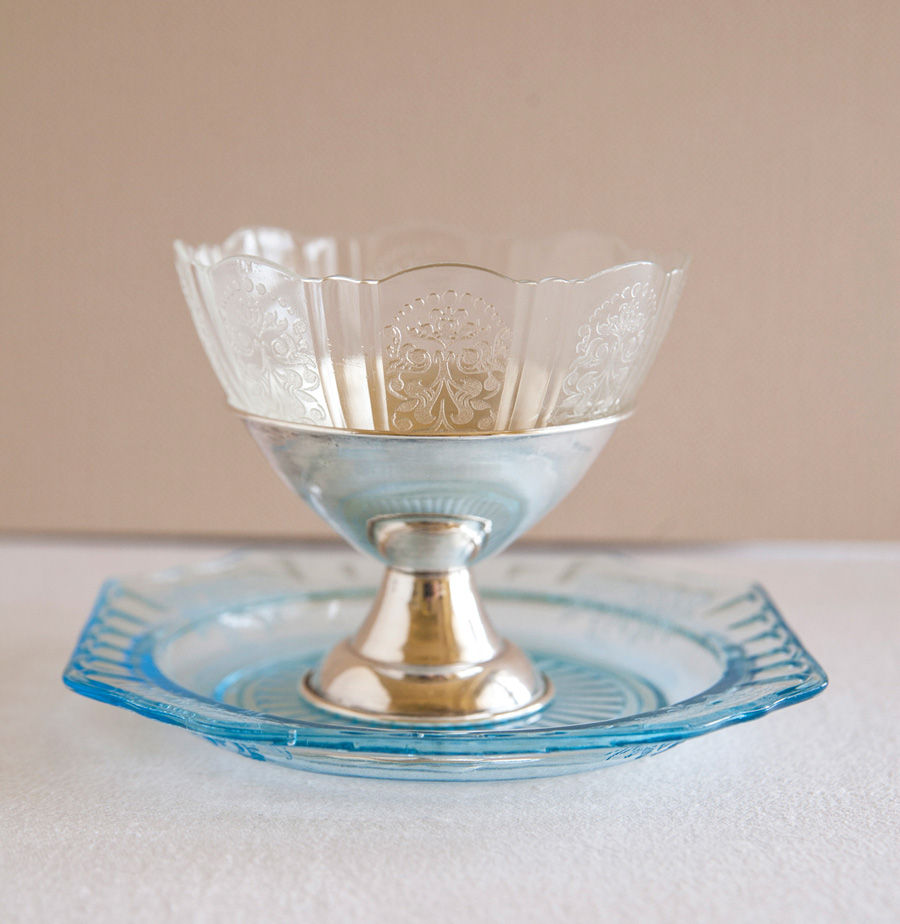
In fact, the pieces were so inexpensive that many companies used Depression glass in their marketing, such as including pieces in boxes of oatmeal, as door prizes and even at fairs. Manufacturer Anchor Hocking sold pairs of tumblers for only 5 cents.
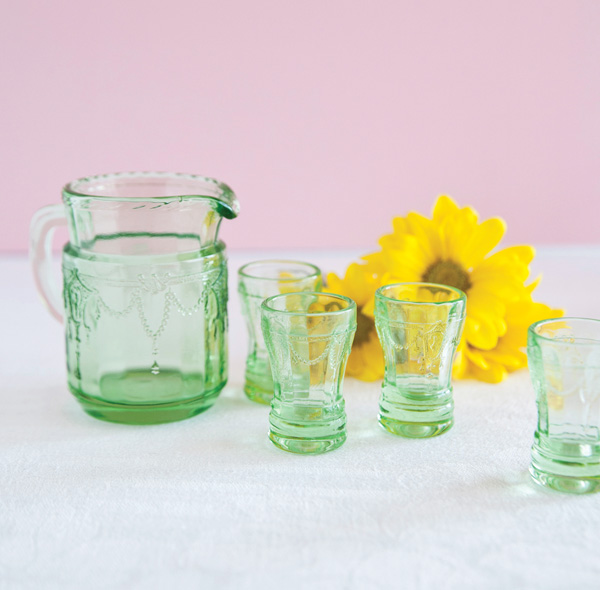
Depression glass is still a popular collectible 85 years later. “Depression glass was made en masse, so there’s lots of it still around,” says Charles Green, director of the Asheford Institute of Antiques. “Along with its inexpensive entry point, this makes it a favorite among collectors who are just starting out.”
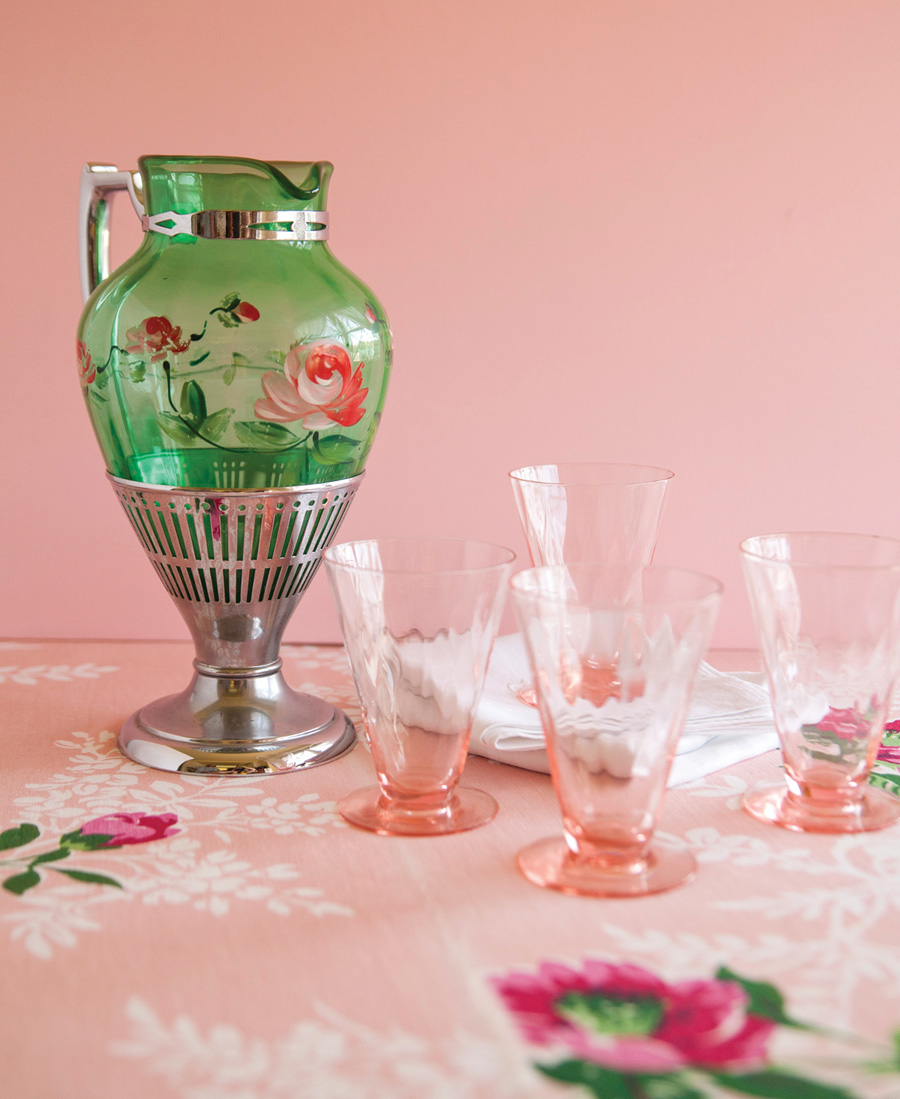
How to Collect
Here are 4 tips you should know before you hit the flea market to collect these beauties.
1. Collect by color. There are many different colors of Depression glass available. “While the vast majority of colors and patterns are still readily available and affordable to most collectors, certain colors and patterns can bring much higher prices,” Charles says. “Cobalt blue and green, along with pink-hued pieces are in demand, as are iridescent and amber-colored items.”
2. Look for standout patterns. There are around 20 companies who manufactured glassware during the Great Depression. Anchor Hocking, Hazel-Atlas, Heisey and Fostoria are all names to look for. Also pay attention to the pattern of the piece. “Patterns such as American Sweetheart, Royal-Lace, Cameo and Mayfair are all popular with seasoned collectors,” Charles says.
3. Check for quality. As with all vintage pieces you consider purchasing, make sure they are in good condition first. “Bring a small flashlight to help find any cracks that may not be visible under ordinary light and avoid glass that appears noticeably cloudy or washed out,” Charles says. “If you’re buying online, it’s best to ask the seller in advance to check for these same deficiencies.”
4. Buy what you love. Because Depression glassware is one of the less expensive collectibles, don’t get too caught up in the worth of an individual piece. Instead, buy what you love so you’ll use and cherish it, just as the original owners would want you to do.
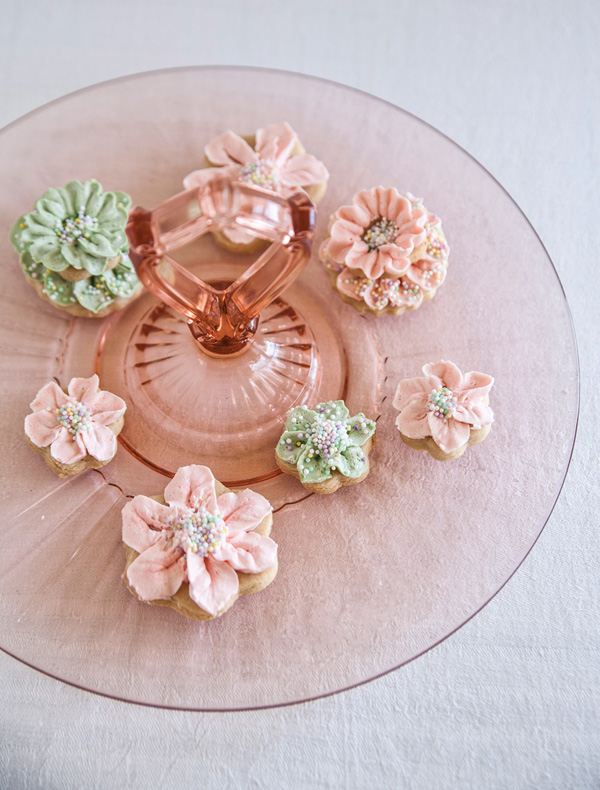
Want more? Learn how to collect hobnail glass!

